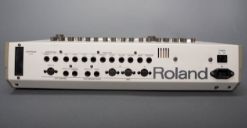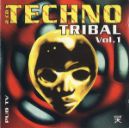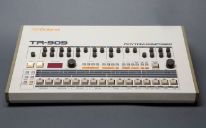When the Beat was Remixed
Nowadays tactile instruments such as the TR-909 have become digitized and can be downloaded with the push of a button. In this respect, there has been a change in medium for creating techno music from tactile to digital. Nevertheless, even though the way the music is made has changed, the sounds of today’s techno can still be traced back to the sounds within this machine. Not only can the sounds be traced back, but also the innovative technical functions of the instrument known as MIDI, or synchronization. The MIDI connection allowed for the TR-909 to work with an array of other instrumental inputs which could create more layers in the music. This gave DJs greater capabilities in mixing their techno with other genres and sounds that had previously not been heard together. The revolutionary function of the MIDI on the TR-909 links into this next point as there is a question to be asked when sampling sounds, voices, and beats from other cultures. The rise of ‘tribal techno’ is a tricky subject as the DJs that produce it are primarily white cis males that sample tribal chants, rhythms and beats. This is done without any sense of its origin or meaning. For example, DJ Dax J remixed techno with Arabic prayer at an event in Tunisia, resulting in his arrest. Tribal techno DJs use the element of exoticism from these chants to sell it to their audiences, who are mainly from Europe. [Foundationsofhouse.com]
This doesn’t mean that all tribal techno originated in Europe and is being played by white DJs. Afro house, a style developed by DJs like Black Coffee in South Africa, merges the sounds from Europe and the US with the “stripped-back percussion and strings” of South Africa. Its origins lie in a post-apartheid world that empowered many South Africans to experiment with the sounds coming from the US and Europe. Black Coffee, an afro house DJ, spearheads this movement and showcases Africa adding its own flair to this versatile genre and celebrating its culture through music.



![Afro Tech & Deep House Mix from August 2017]](https://micrio.thingsthattalk.net/MEYBa/views/max/128x128.png)
